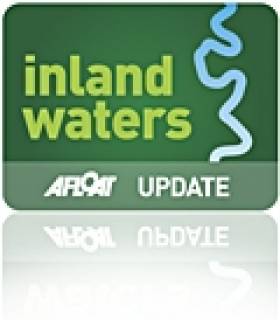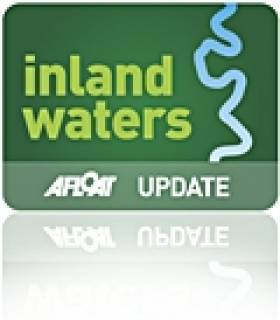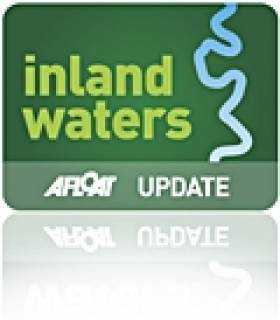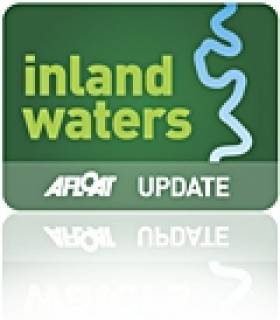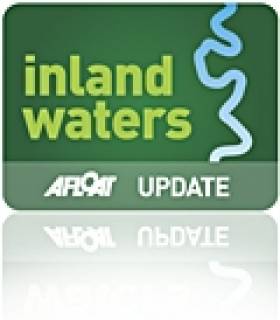Displaying items by tag: Erne System
MN56: Erne System Jetty & Slipway Closures G8 2013
MARINE NOTICE
No. 56 of 2013
Erne System Jetty & Slipway
Closures for G8 2013
13th-19th June
Marine Notice No 27 of 2013 refers
Waterways Ireland wishes to advise all users of the Erne System of the following:
The Waterways Ireland public slipways at Camagh Bay and Rossclare will be closed from Thursday 13th June to Wednesday 19th June.
14th-19th June
Waterways Ireland Headquarters jetty will be closed
from Friday 14th June to Wednesday 19th June.
16th-19th June
The Waterways Ireland public jetties located within the area covered by the PSNI G8 Marine Plan will be closed for the duration of the Marine Plan i.e. mid-day Sunday 16th June to midnight Tuesday 18th June:
• Camagh Bay
• Carrickreagh
• Devenish East
• Devenish West
• Hay Island
• Lough Erne Resort
• Rossclare
• Trory
In addition the Killyhevlin Hotel jetty will be closed from Sunday 16th June to Tuesday 18th June.
Further Information on Navigation on the Erne System visit www.waterwaysireland.org or contact the Lough Erne Warden on +44 (0)28 6632 2836.
For more information on the G8 Summit and the PSNI G8 Marine Plan visit www.g8ni2013.com/faqs and www.facebook.com/PSNI.G8
Charles Lawn
Lt Cdr (rtd)
Inspector of Navigation
12 Jun 2013
Tel: 00 353 (0)90 6494232
Fax :00 353 (0)90 6494147
#InlandWaterways - Waterways Ireland has advised all masters and users of the Erne system that the channel east of Castle Island near Enniskillen will be closed till Tuesday 11 June to facilitate a number of events on the water.
Mariners are directed to follow the marked navigation channel and signs to the west of Castle Island and proceed at a slow speed and with minimum wash. They should note any advise or instructions given by event organisers when in this section of the navigation.
Public jetties in the vicinity will remain accessible throughout, though some minor restrictions may be in place as and when required. Further information is available from the Lough Erne warden at 028 6632 3004.
Elsewhere, there will also be restricted mooring for masters and owners on the River Shannon at Carrick-on-Shannon to facilitate spectator viewing of the Carrick 400 event.
On Sunday 2 June the quay wall from the downstream face of the town bridge to the floating moorings will be out of bounds for mooring from 7pm till midnight.
In other waterways news, recent water quality testing has shown the harbour at Kilcock on the Royal Canal to now be within normal bathing water standards.
Waterways Ireland Release New Guides to the Waterways
The Shannon-Erne Waterways Charts have been updated to take account of the upgrade works that have taken place in recent years along the navigation. The revision of the navigation guides for Lough Erne have been facilitated by the survey work undertaken recently on the lakes by Waterways Ireland in joint partnership with OSNI. Staff from Operations and the Inspectorate have also been closely involved in the revisions. The price of the new guides remains unchanged.
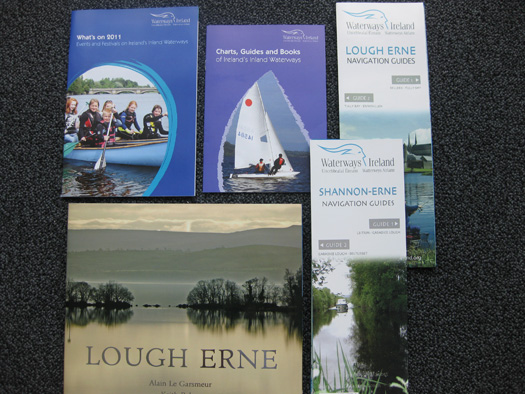
The new inland waterways publications
The Whats On 2011 is a free guide to all the events taking place along the waterway corridors in 2011. The Publications Catalogue (free) highlights the publications Waterways Ireland has for sale and for free with Navigation, History and Activity sections covering a wide range of interests. A photographic book for Lough Erne has just been published and is also for sale through Waterways Ireland.
All the publications are available from the Waterways Ireland webshop www.shopwaterwaysireland.org or from retailers, hospitality outlets and Tourist Information Centres along the navigations.
Marine Notice: Erne System, Lower Lough Erne, Kesh Marina Jetty
Erne System, Lower Lough Erne, Kesh Marina Jetty
Waterways Ireland wishes to advise masters of inland waterways vessels that approximately 15m of this jetty in now available for use while the remainder is closed for repair. Access from the jetty to the car park is also available.
A further marine notice will issue when repairs have been completed.
Any inconvenience that this may cause our customers is regretted.
Charles Lawn
Lt Cdr (rtd)
Inspector of Navigation
12 Jan 2011
Tel: 00 353 (0) 90 6494232


























